Hey, tell us a thing. Can you name six animals that start with V? If you can’t, that’s perfectly fine because, in today’s post, you’ll learn about many animals that start with the letter V!
Believe it or not, there are lots of animals beginning with V. That’s the reason why we created this article with some of the most interesting creatures in the animal kingdom.
You will learn many exciting things about these animals that begin with V, so if you’re looking this up for a school project or simply because you’re curious, you’re in the right place.
Hey, friend! Have we missed any animal that starts with the letter V? Then let us know in the comments below.
Animals That Start With V
Here are some amazing animals that begin with the letter V.
Vampire Bat

Vampire bats are unique, and among their entire species, they are the only ones that can walk, run and jump.
These animals from South and Central America have heat sensors on their noses, which helps them find their prey.
If they don’t have their share of blood for two days, these bats die. Unlike popular belief, these animals that start with V don’t feed on human blood. Even though their bites don’t hurt, vampire bat bites can cause rabies.
Varied Thrush
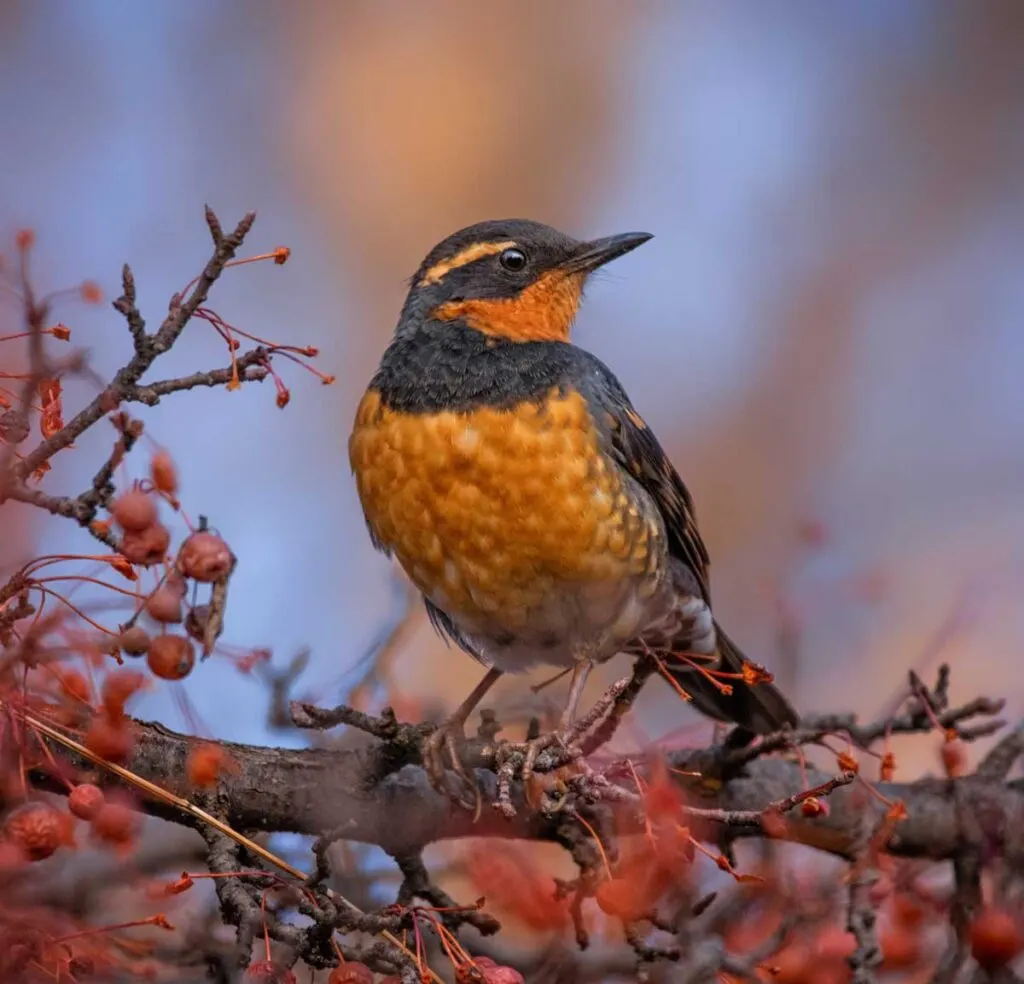
Found in abundance in North America, varied thrushes are often found in woodlands and wet coniferous forests.
Varied thrushes are monogamous and very loyal to their partners. The male and female thrushes feed and take care of their nestlings even after the mating season.
The birds don’t live together in large groups, but when it comes to traveling, they are often spotted moving around in larger groups.
Virginia Opossum
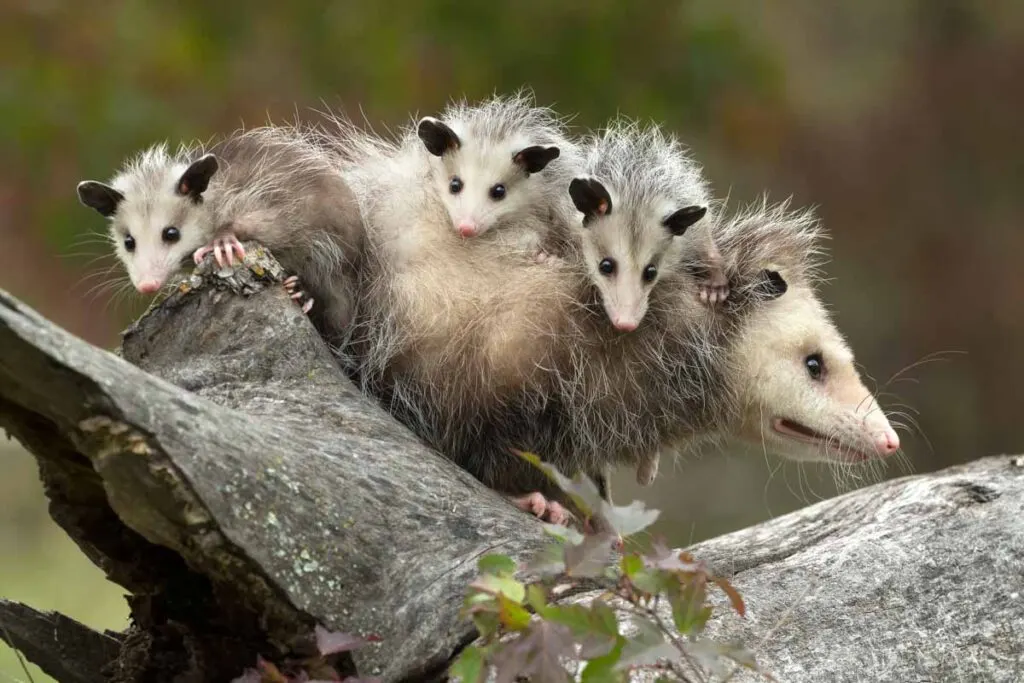
The Virginia opossum (Didelphis virginiana) is the only marsupial in North America. It is also known as common opossum.
The opossums have fifty sharp teeth, the highest number of teeth in any mammal on Earth.
They are nocturnal and have a sharp sense of smell, which they use to hunt for food at night.
The opossums have remained unchanged since time immemorial, which is why these animals that start with V are referred to as ‘living fossils.’
Variegated Fairywren
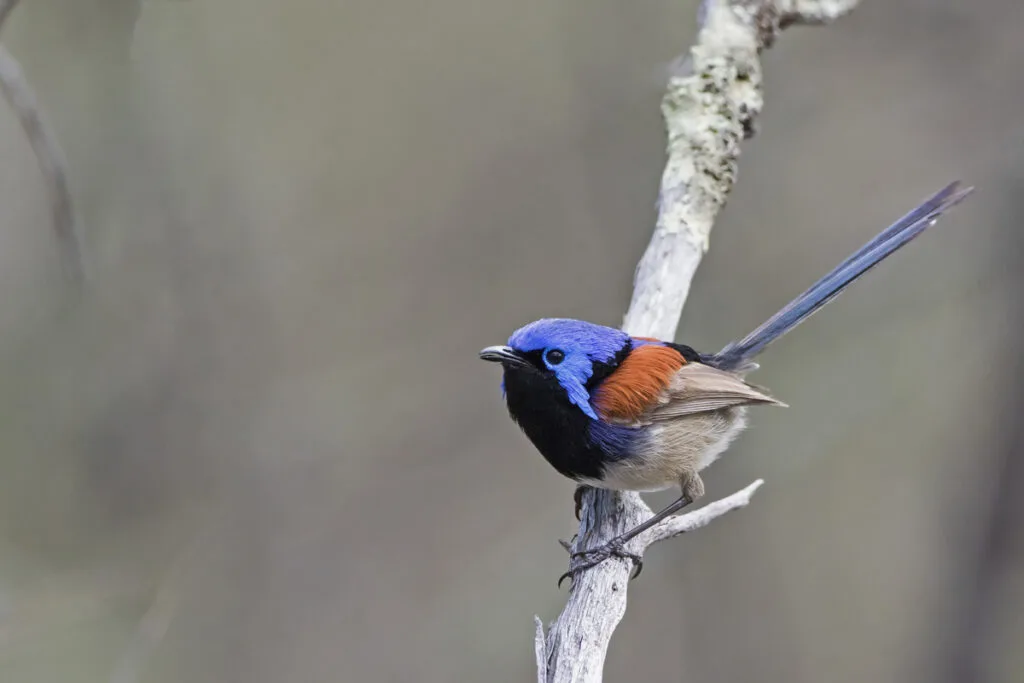
Variegated fairywrens are brightly colored with bright blue heads and chestnut-colored shoulder patches.
Younger fairywrens are brownish-gray in color.
They have a typical ‘trit-trit-trit’ call, which they use to communicate during breeding season only.
Variegated fairywrens breed almost every month throughout the year, making it one of the most interesting animals that start with V.
Valais Blackneck
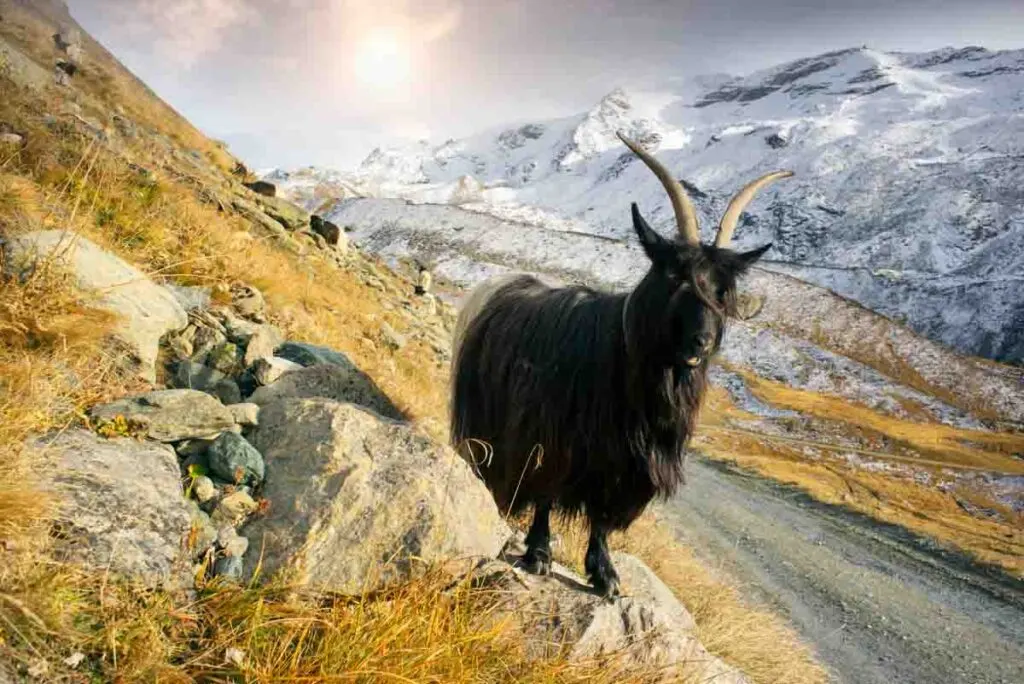
Valais blackneck is a domestic goat breed native to Switzerland.
These goats are literally half black and half white, and their color is what makes them one of the most interesting animals that start with V.
Vermilion Flycatcher
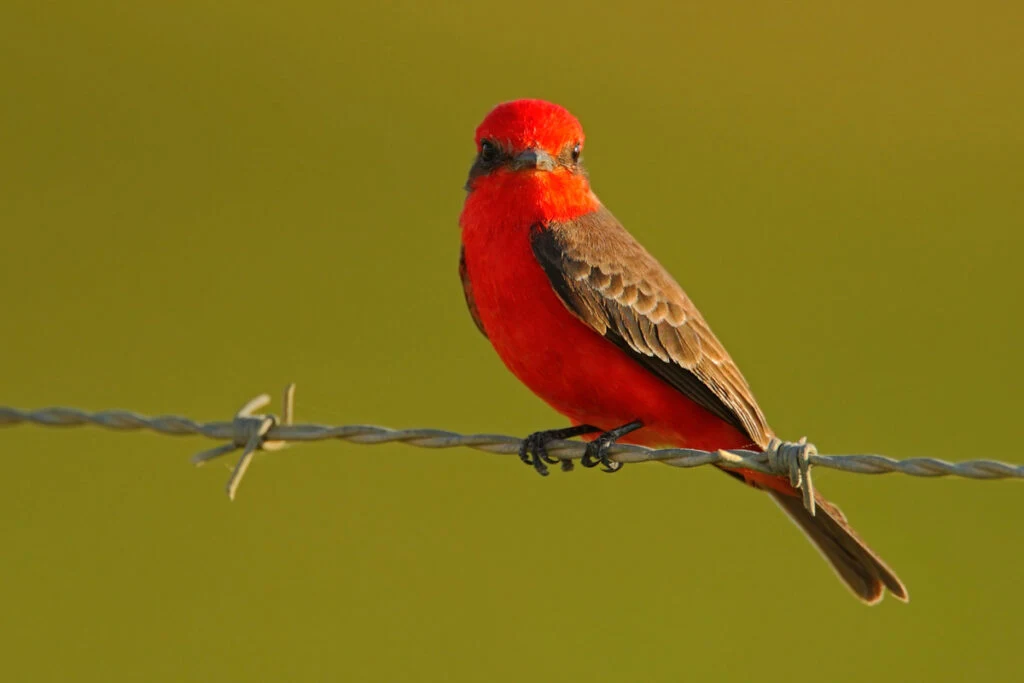
Found throughout South America and southern North America, the vermillion flycatcher is a small red-colored bird (males) but can also be brown (females).
The vermilion flycatcher’s song is a pit pit pit pidddrrrreeedrr, which is variable and essential in establishing a territory.
Vancouver Island Marmot
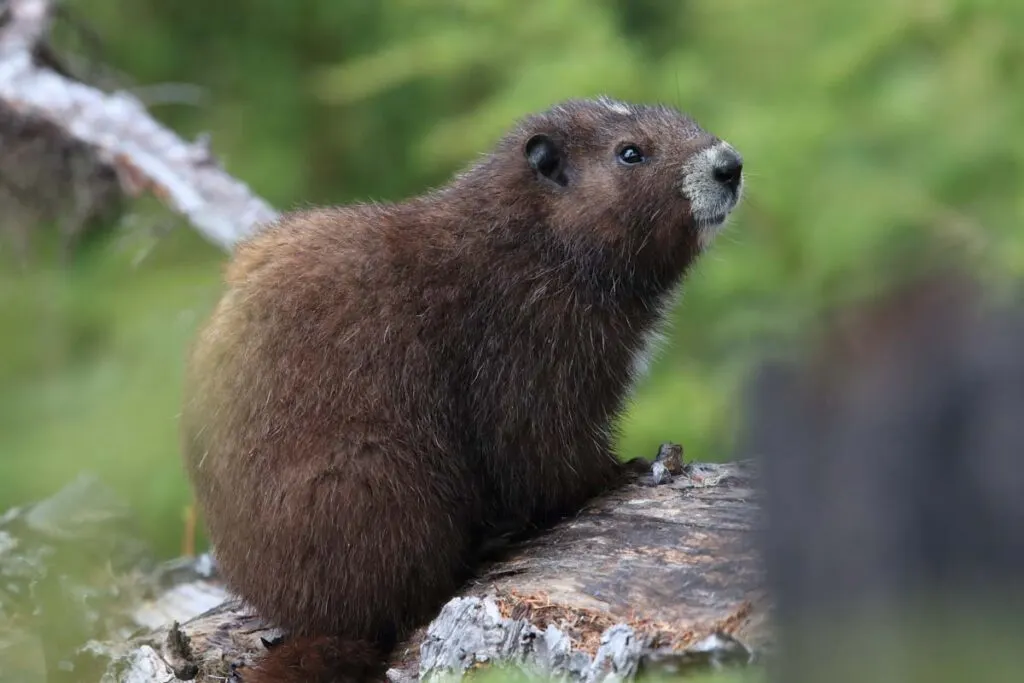
Vancouver Island marmots are very social, and when they aren’t out there socializing, you will find them resting in their burrows in meadows.
With dark brown fur and white patches on the face and chest, these animals that start with V are pretty cute rodents.
Belonging to the squirrel family, the lifespan of Vancouver Island marmots spans 10 years in the wild and 14 years in captivity, but unfortunately, it is an endangered species.
Veery
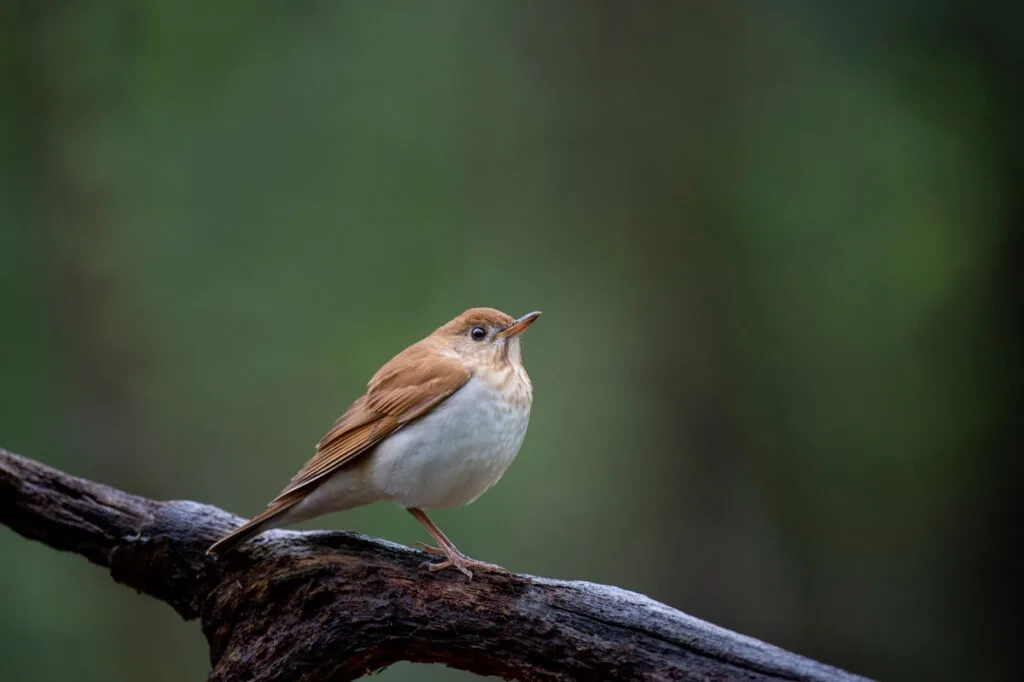
Veeries are small thrush species from North America growing no more than 7 inches. They are mainly brown to tawny with a white chest.
Also, veeries will breed in southern Canada and the northern United States and migrate to Brazil during winter.
Viviparous Lizard
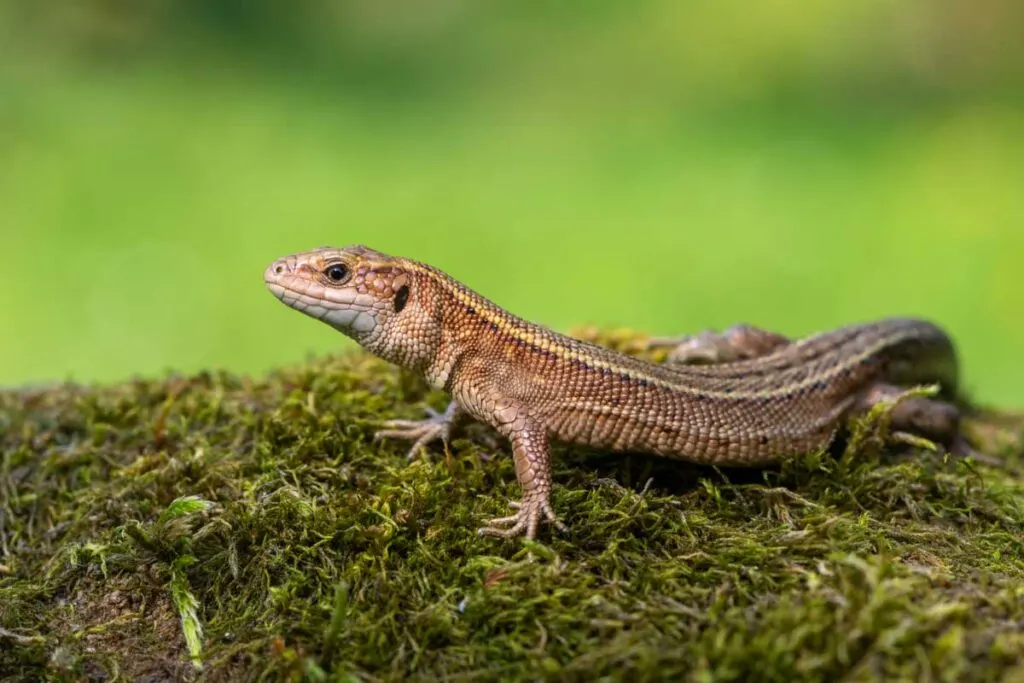
The viviparous lizard, or common lizard, is a Eurasian lizard.
It lives farther north than any other species of non-marine reptile and is named because it is viviparous, meaning it not only lays eggs but also gives birth to live young.
Vulturine Guineafowl
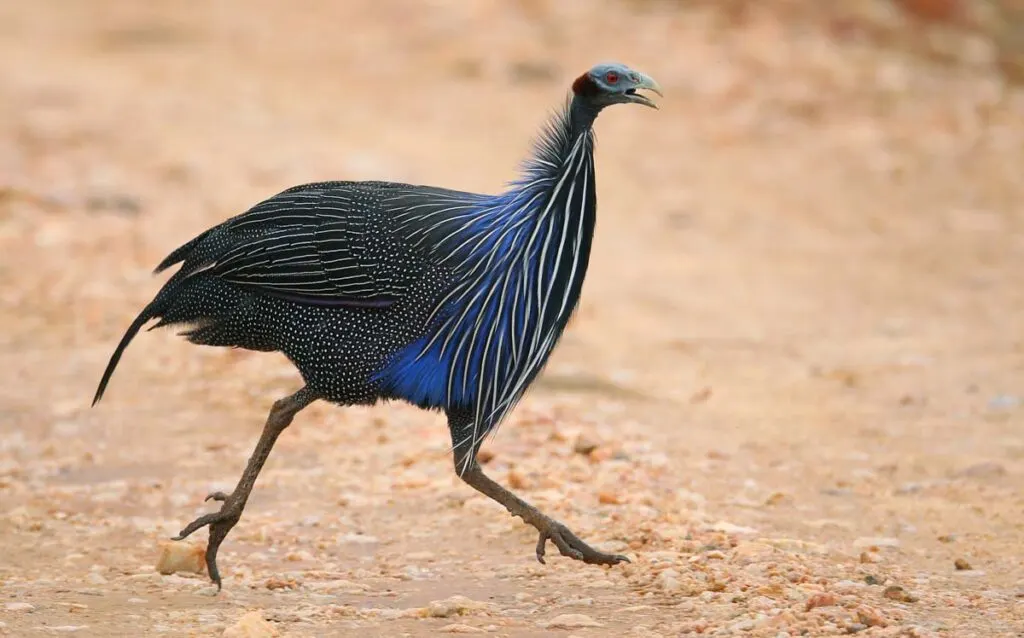
Vulturine guineafowls are the largest extant species of guineafowl and are considered weird birds because of their appearance. Systematically, they are only distantly related to other guineafowl genera.
Their closest living relative, the white-breasted guineafowl, Agelastes meleagrides, inhabit primary forests in Central Africa.
Varied Lorikeet
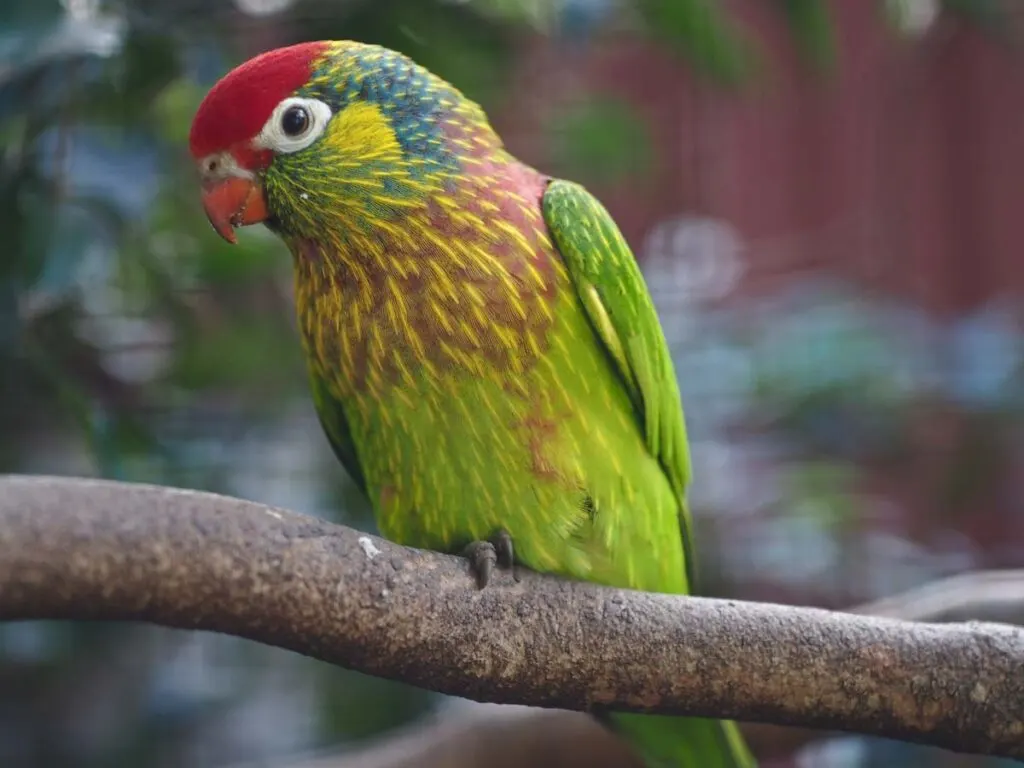
Also known as the red-crowned lorikeets, the varied lorikeets are endemic to North Australia.
They are nomadic birds, and you’ll find them wherever there’s an abundant supply of flowering or fruiting trees.
As they are super rare, the varied lorikeets have been put into a breeding program to protect the species.
Vampire Squid
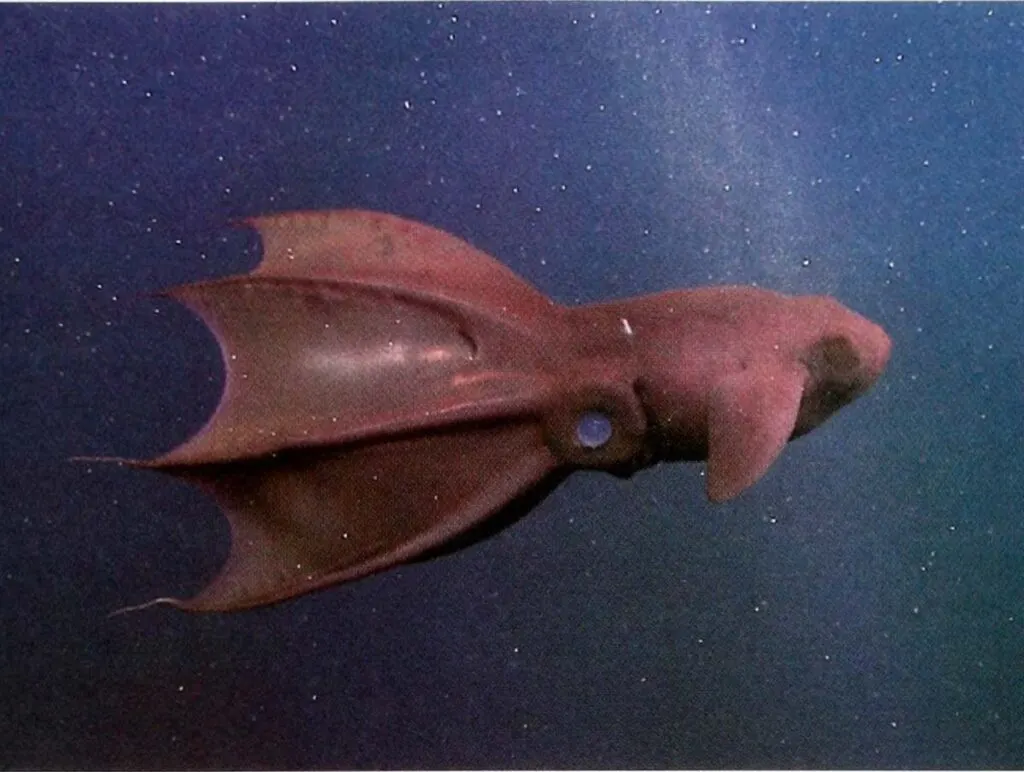
Vampire squids are small cephalopods found throughout temperate and tropical oceans.
They use their bioluminescent organs (light-producing organs) and unique oxygen metabolism to thrive in the parts of the ocean with the lowest concentrations of oxygen.
Vampire squids reach up to 1 foot long. Their 6-inch gelatinous body varies in color from velvety jet-black to pale reddish, depending on location and lighting conditions.
Violet-Crowned Hummingbird
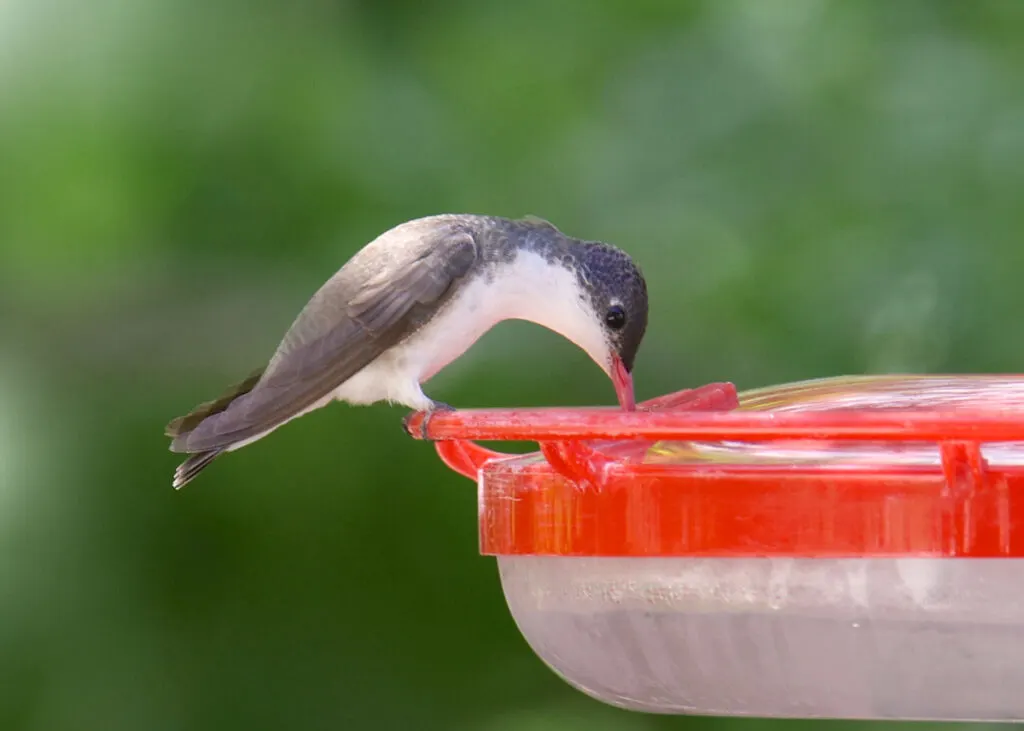
These elegant-looking hummingbirds have a striking appearance with a red bill and glittery purple crown.
They are primarily found in middle elevations in canyons and have a particular penchant for sycamore trees.
They feed on small insects and sweet nectar from different fruiting and flowering trees and shrubs.
Vicuña
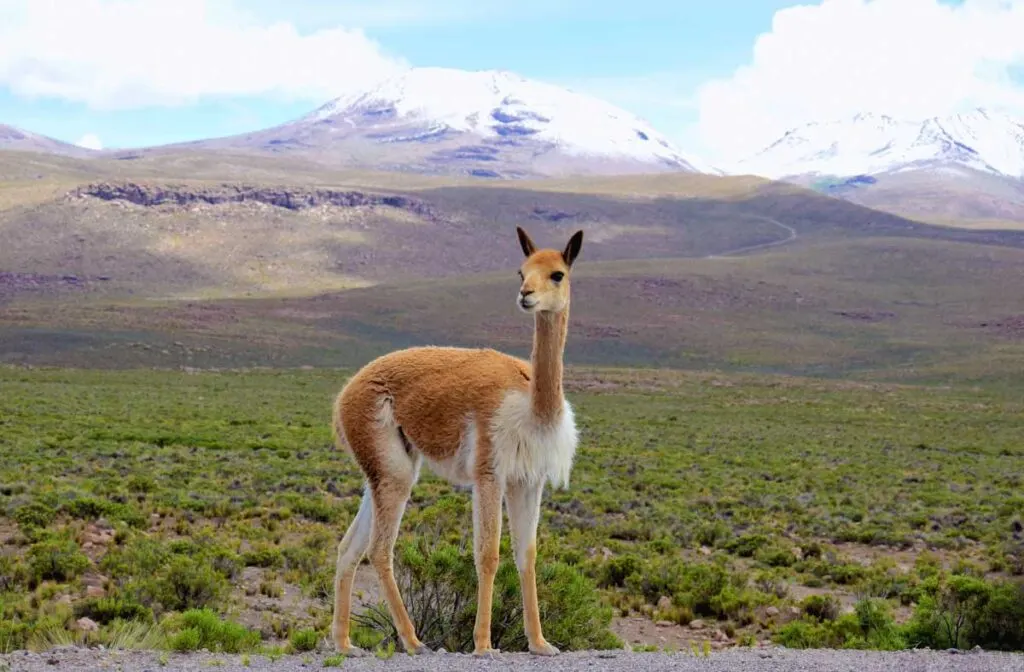
Vicuñas are one of the two wild South American camelids living in the Andes’ high alpine areas.
The vicuna is the national animal of Peru, and it appears in the Peruvian coat of arms. With soft and warm wool, vicunas produce extremely fine, expensive wool.
This tawny brown coat covers their relatively small body. They are only 3 feet at shoulder height and weigh no more than 150 pounds.
Verreaux’s Eagle-Owl
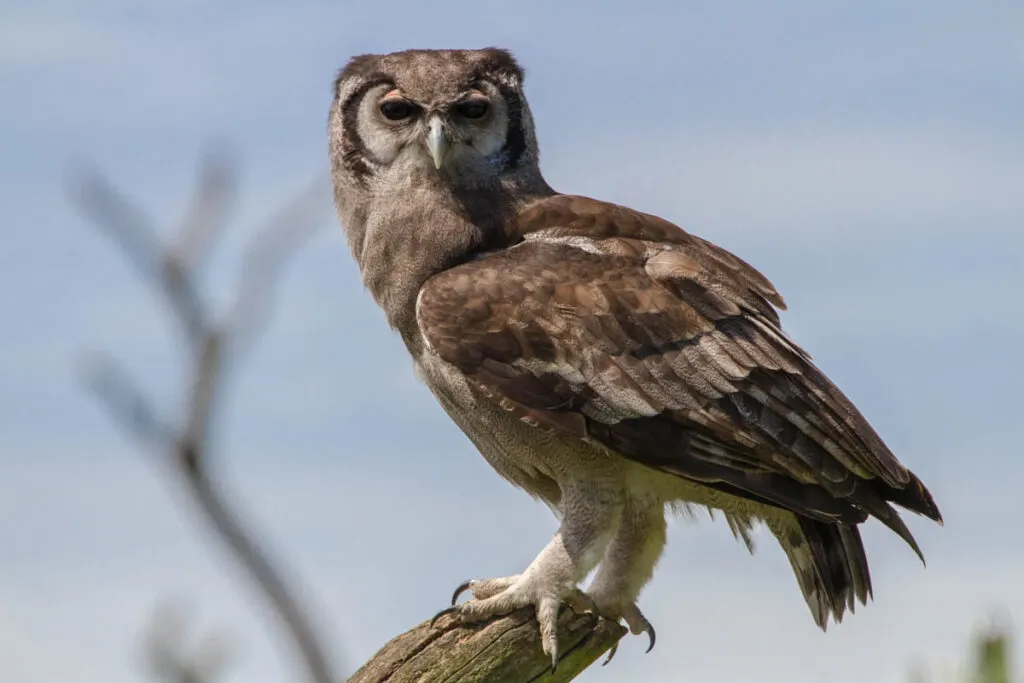
Also known as the giant eagle owl or milky eagle owl, Verreaux’s eagle owl is named after renowned French ornithologist – Jules Verreaux.
This owl is the only one in the world that has pink eyelids. When they sense potential threats, they instantly shut their eyes and pretend to be dead, remaining immobile until the danger passes.
Viper Dogfish
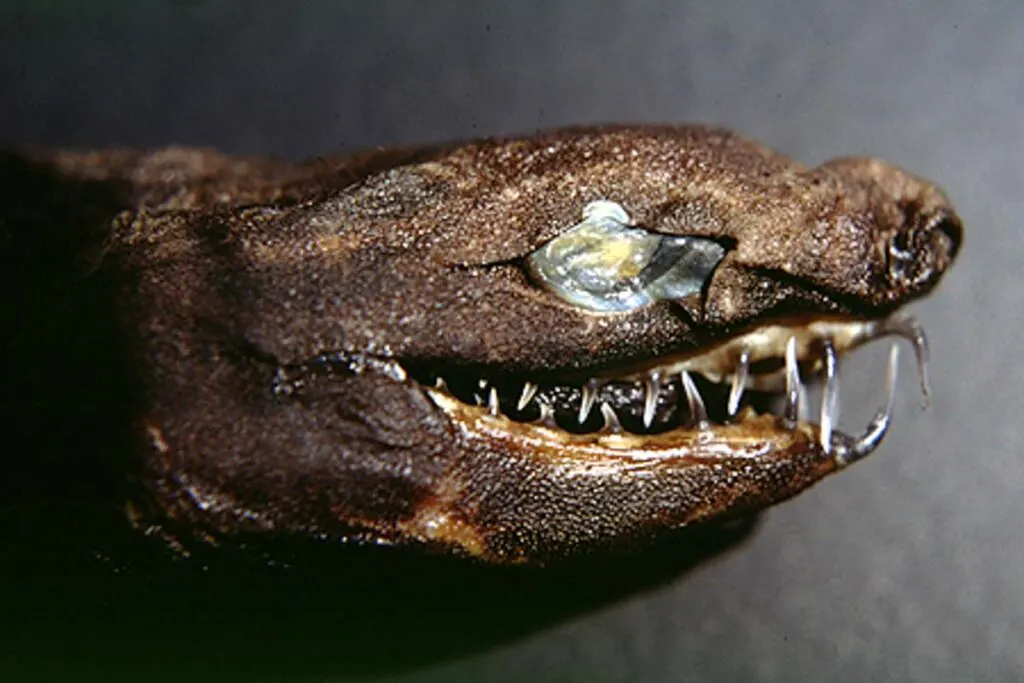
Also known as viper sharks, these rare animals that start with V are the only extant member of its genus.
It has been found in the deep waters of the Pacific Ocean off southern Japan, the Bonin Islands, the Pacific Ocean off northern Taitung County, and the Northwestern Hawaiian Islands.
Their body is slender and long, reaching up to 21 inches long. However, their fang-like teeth are their most recognizable physical feature.
Violet-Necked Lory
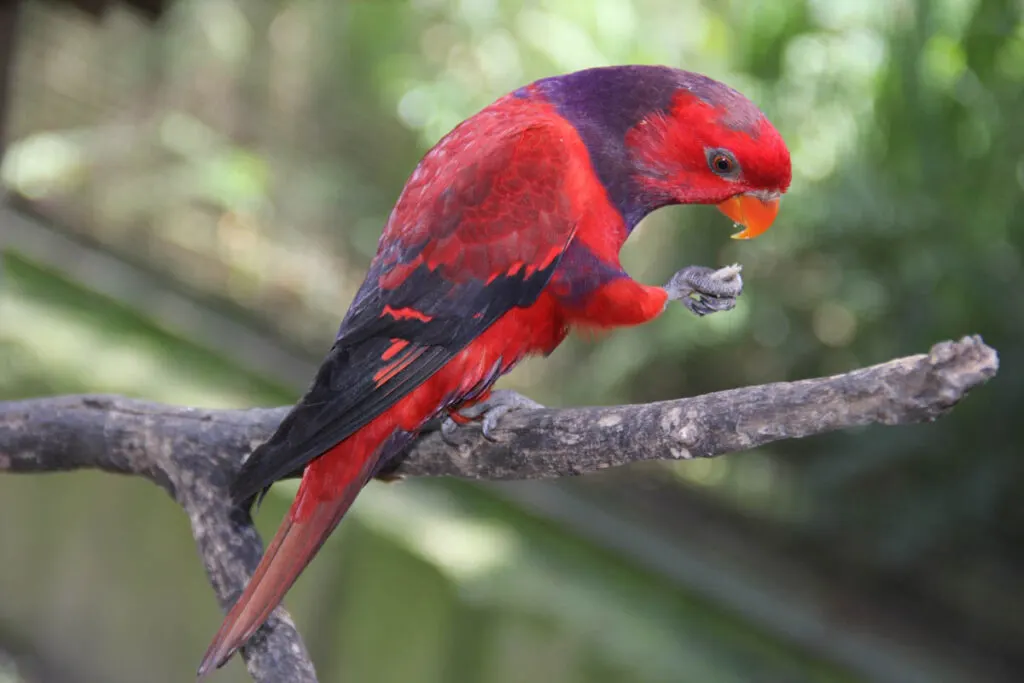
Playful and acrobatic, the violet-necked lories love mimicking speech and sounds they come across in their surroundings.
They look similar to common lories but have a grayish-violet band across their breast and crown.
The birds are endangered and primarily found in captive breeding programs.
Vervet Monkey
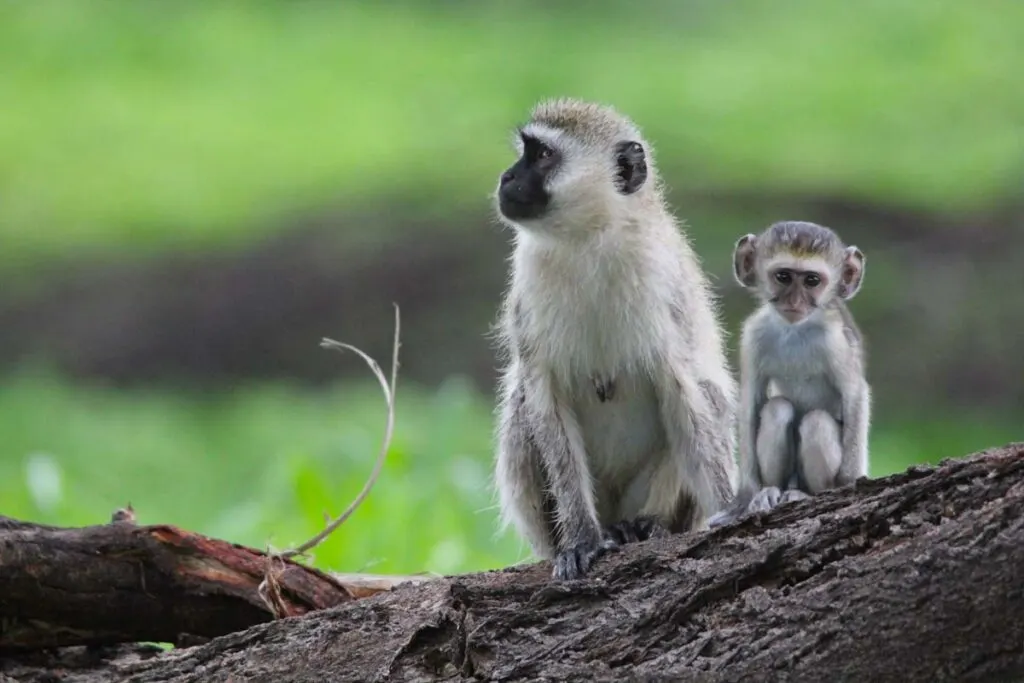
Vervets are medium sizes monkeys from eastern Africa, more specifically in sub-Saharan Africa, and weigh up to 11 pounds.
Male vervet monkeys are larger than their female counterparts and can be differentiated as the males have a turquoise blue scrotum.
These monkeys come in various colors but primarily in greenish-olive or silvery-gray shades.
Verreaux’s Eagle
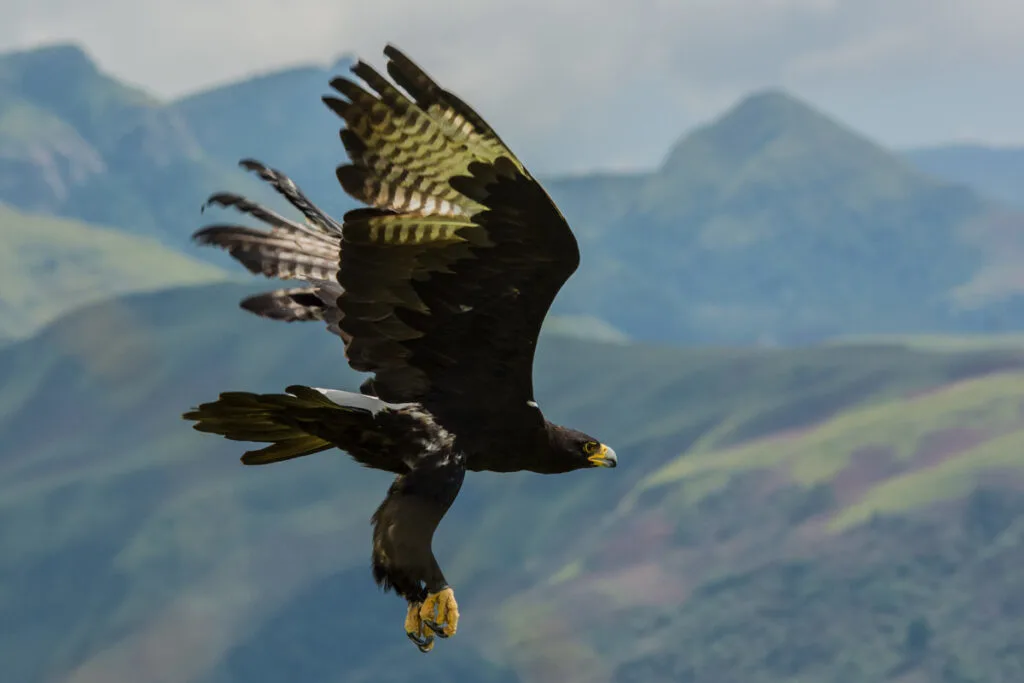
These large birds have striking black plumage and were named after Jules Verreaux, the French ornithologist. They are among the prettiest types of eagles.
The Verreaux’s eagle is found only in Africa and has an impressive wingspan extending up to seven feet.
These African animals’ feet are 20% larger than those of the golden eagle.
Visayan Warty Pig
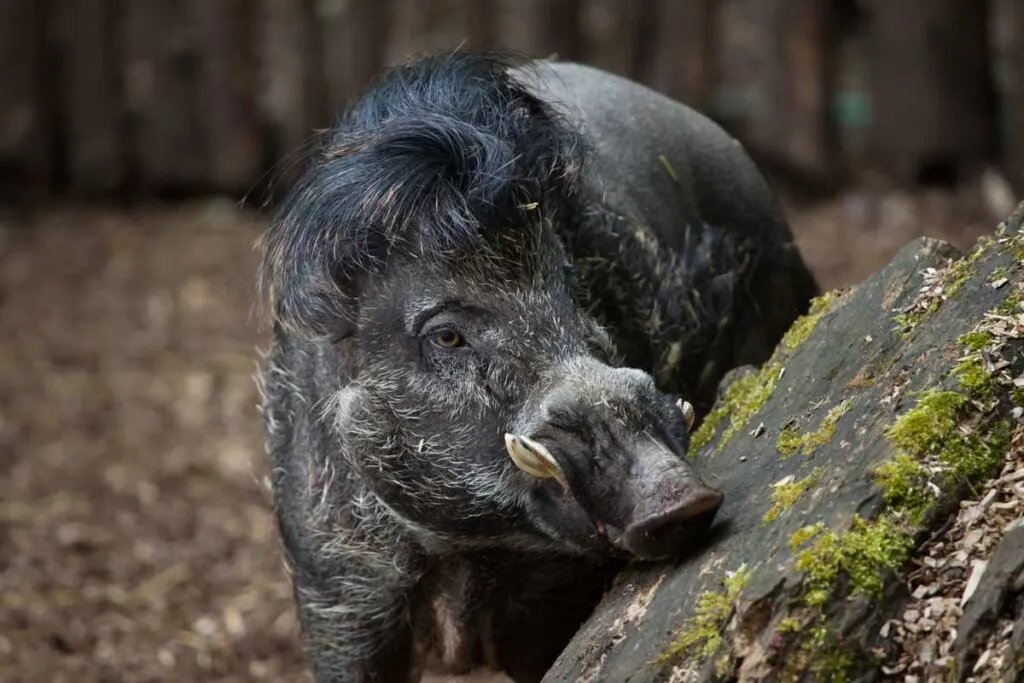
Visayan warty pigs are known for their unique 9-inch long floppy manes. Only the male pigs grow the mane, which they use to attract females during the breeding season.
These pigs like cooler temperatures, so you’ll always find them rolling in the mud or water bodies.
Currently, the Visayan warty pigs are critically endangered. Attempts are being made to preserve them via dedicated breeding programs in the Philippines.
Vesper Sparrow
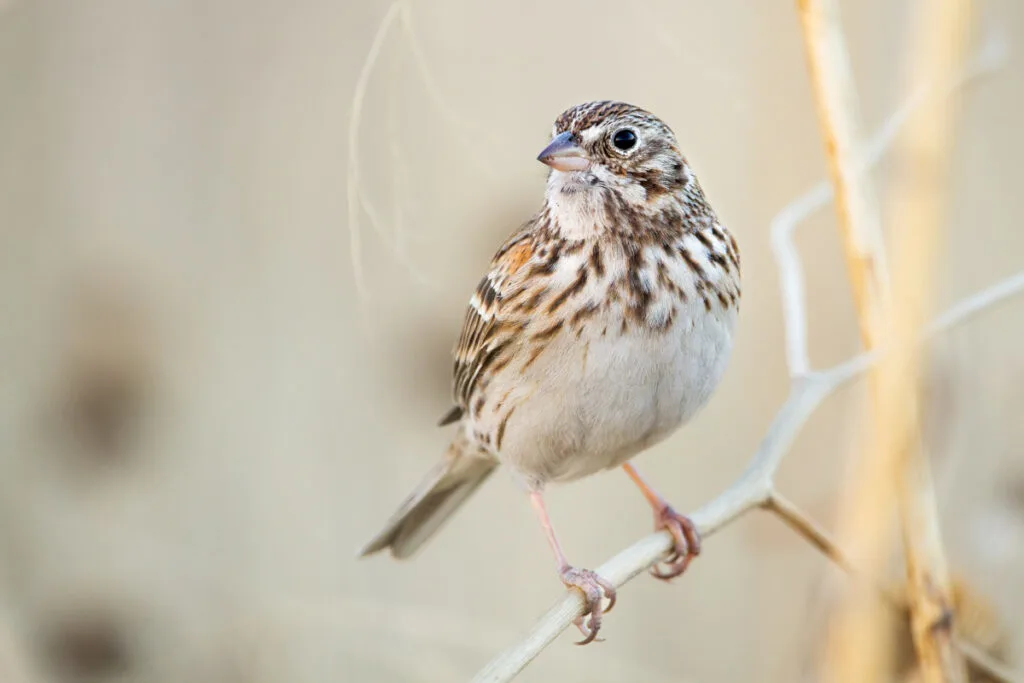
First discovered in 1789 by German naturalist Johann Friedrich Gmelin, the Vesper sparrow species is the only member of its genus.
It is also known as the bay-winged bunting, but the name ‘vesper’ prevailed, as it was thought to be a more appropriate name for the bird, which sounds more melodious in the evenings.
Verreaux’s Sifaka
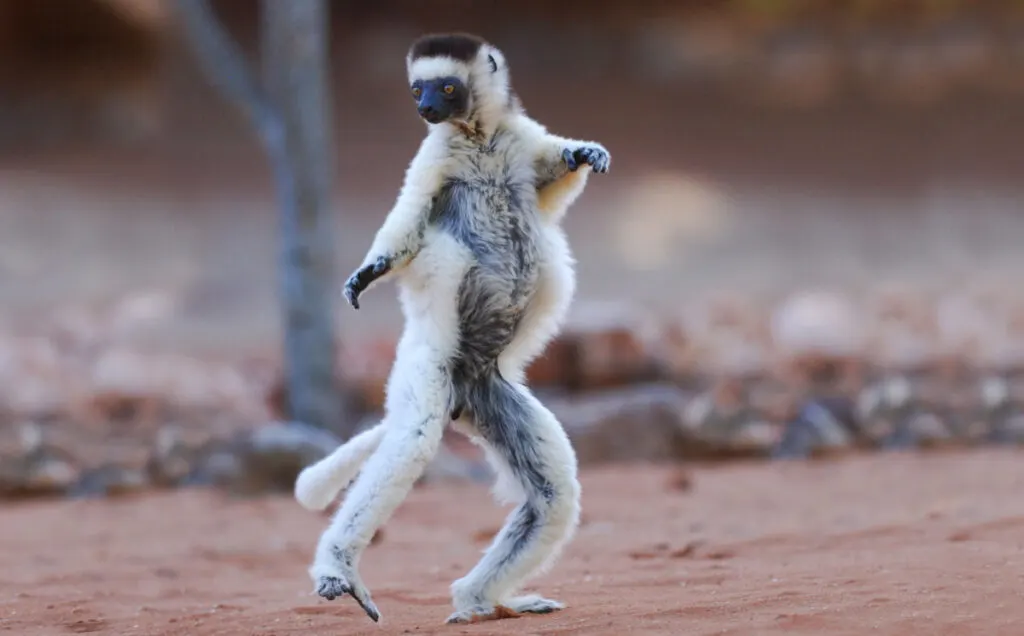
A unique feature of this animal is how it moves! When on the ground, the sifakas (Propithecus verreauxi) leap forward with their arms held high – and that is an unusual sight!
They are native and endemic exclusively to Madagascar, but because of habitat loss, they are listed as endangered.
They live in a social hierarchy, in groups of 2 to 13. Female sifakas dominate these groups.
Vaux’s Swift
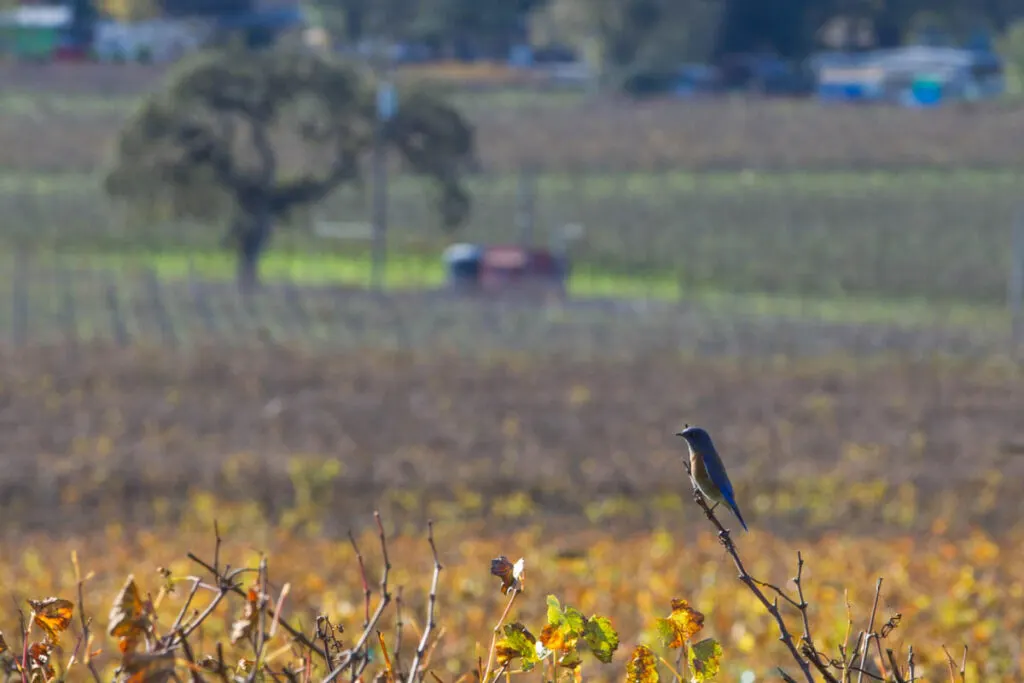
Vaux’s swift is the smallest swift in North America and has been named after William S. Vaux, a member of the Academy of Natural Sciences.
The Vaux’s swifts tend to roost on a single tree during their breeding season, so don’t be surprised if you find as many as 35,000 swifts roosting on a single tree!
Vaquita Porpoise
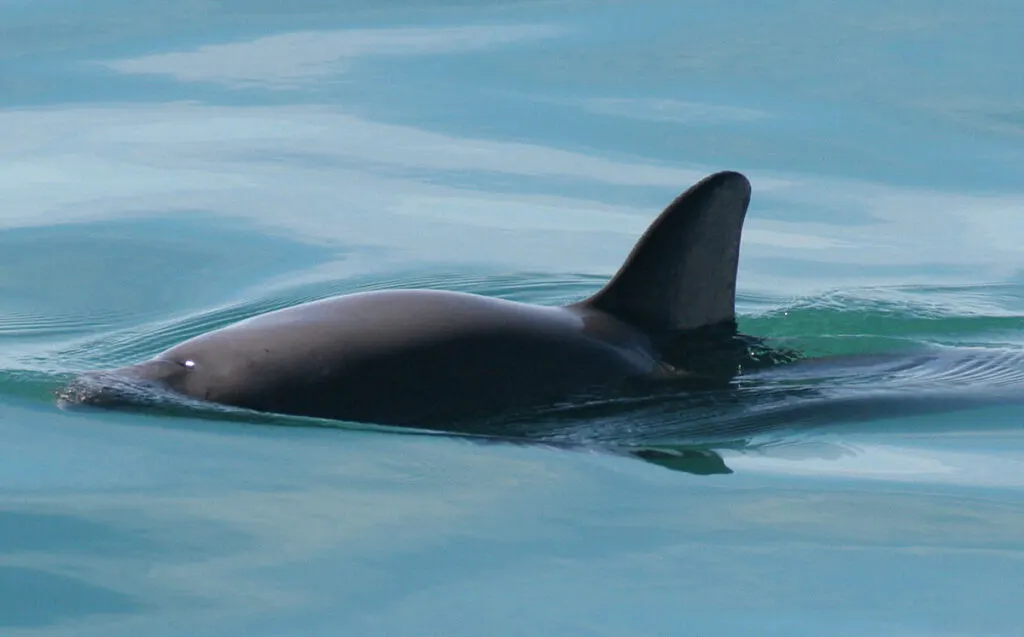
One of the rarest marine mammals out there currently, vaquita porpoises are also the world’s smallest porpoises.
These aquatic animals measure up to five feet long and weigh 120 pounds.
Illegal fishing is the leading cause pushing the vaquitas to the brink of extinction – and efforts need to be directed toward conserving this animal.
Of all the animals that start with V, the vaquita porpoises are the most endangered, found only in the Gulf of California—a small Pacific Ocean region separating Baja California from mainland Mexico.
Vietnamese Pheasant
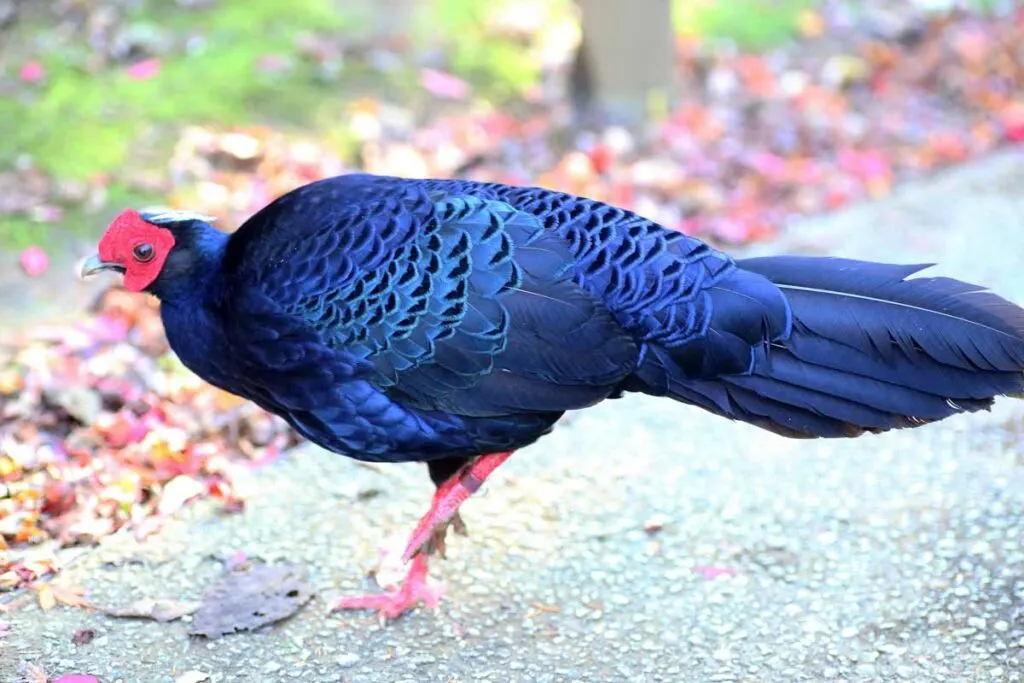
The Vietnamese pheasant is native only to Vietnam and is currently the rarest pheasant breed in captivity.
The average lifespan of these pheasants is around 12 years.
During the breeding season, the females lay 5-6 eggs, which hatch after a 21-day incubation period.
Veiled Chameleon
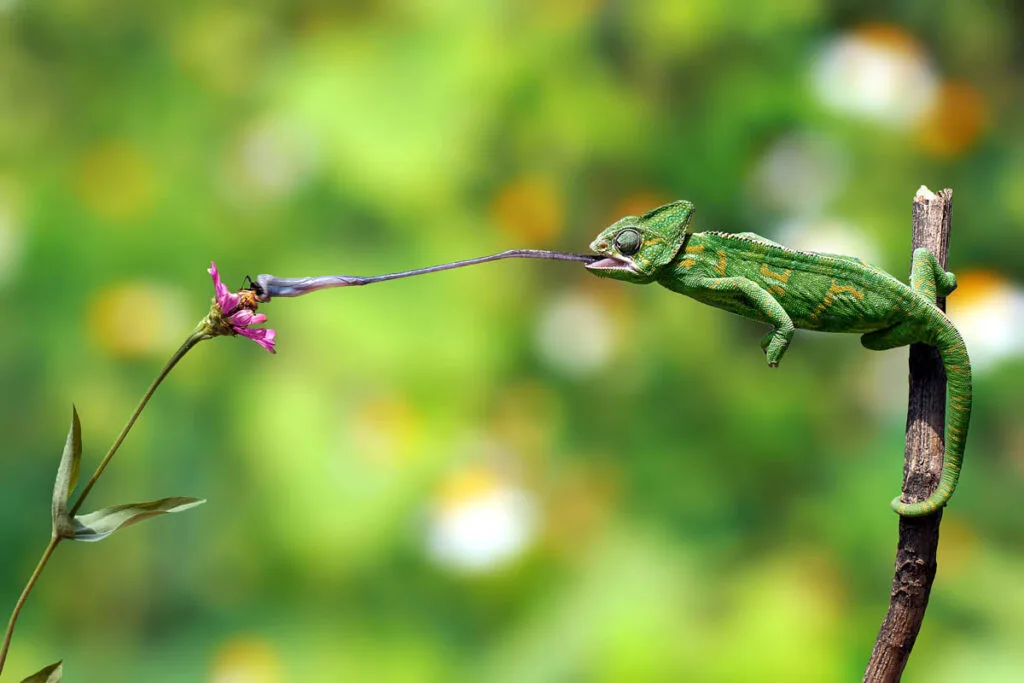
Veiled chameleons are arboreal and have strong claws and legs that help them climb and live in trees.
They are known as veiled chameleons as they have protrusions above both eyes.
They are also known as cone-headed chameleons, with protruding horned ridges of three inches on their heads.
Venezuelan Troupial
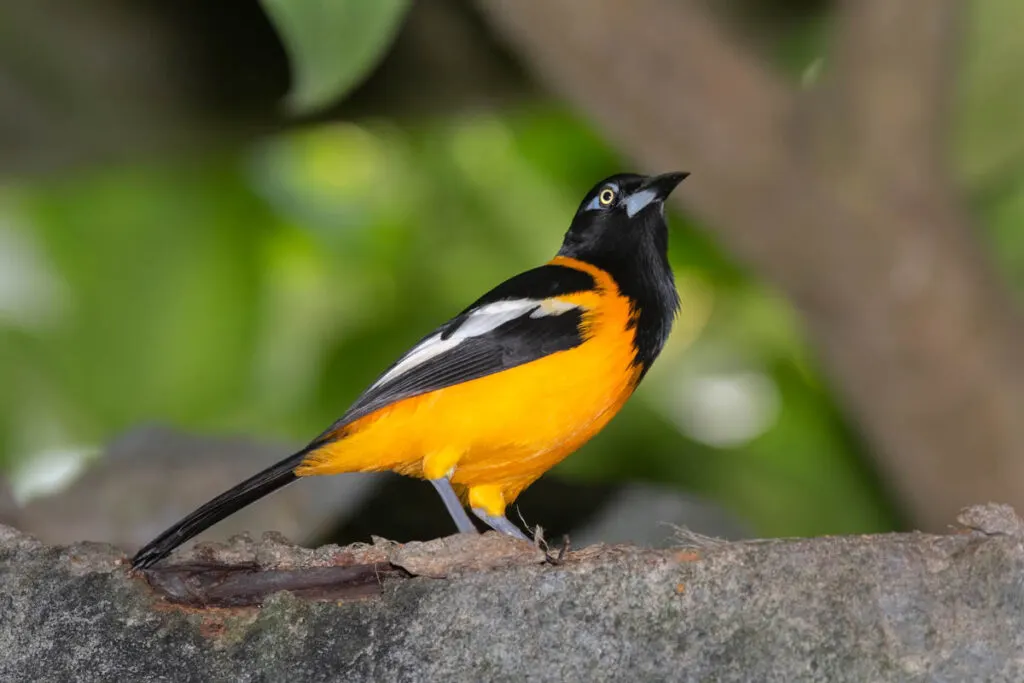
This troupial variety is the national bird of Venezuela and is a common sight in Venezuela, Colombia, and South America.
The name of this bird species, ‘troupial,’ has been derived from the French word ‘troupiale,’ which means troop.
The name is apt for the birds, who prefer living in flocks.
Visayan Spotted Deer
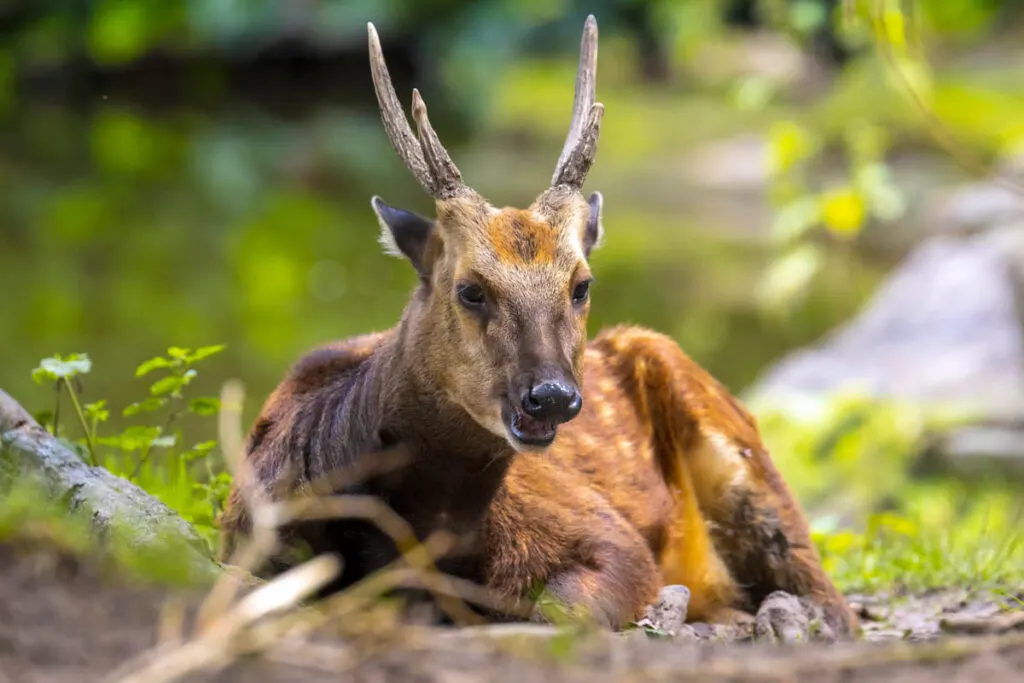
The Visayan spotted deer have a bunch of distinctive features, which include unique beige spots, cream underparts, and white fur on the chin.
They are nocturnal, cryptic, and cautious and come out at dusk to feed. They will either be spotted alone or in groups of three.
Velvet Asity
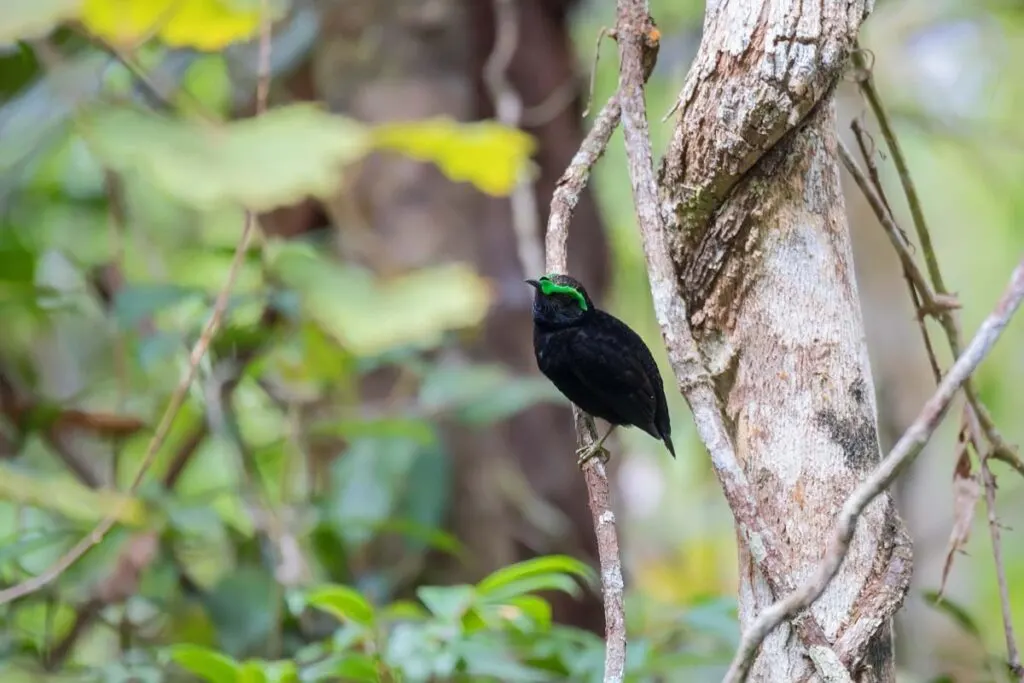
Endemic to Madagascar, the velvet asity is typically found in the eastern rainforest at low and middle elevations.
The males and females are super easy to distinguish between, as the males are all-black with a green patch on the head.
The females, on the other hand, are olive green on the back.
Victoria Crowned Pigeon
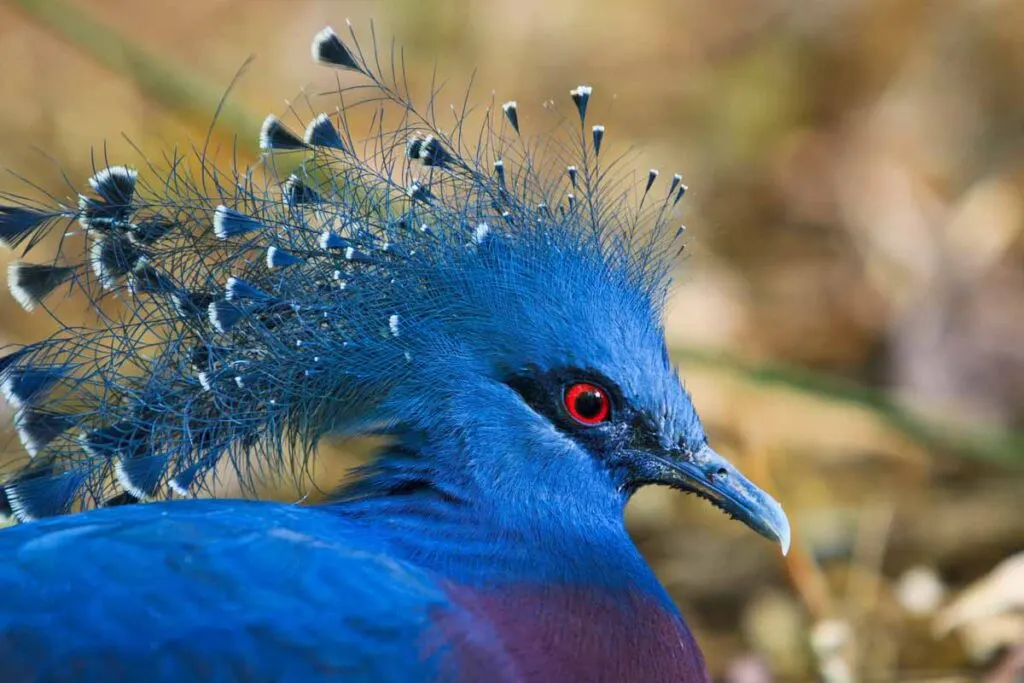
The largest pigeon breed in the world, Victoria crowned pigeons, have a unique crest of feathers on their head.
These types of pigeons grow up to 31 inches and weigh almost 7.7 pounds. Their feathers are bluish-gray, but they may be bluer around their heads.
Diet-wise, these pigeons eat seeds, berries, and fruits, and they have no natural predators in their natural habitat.
Varied Bunting
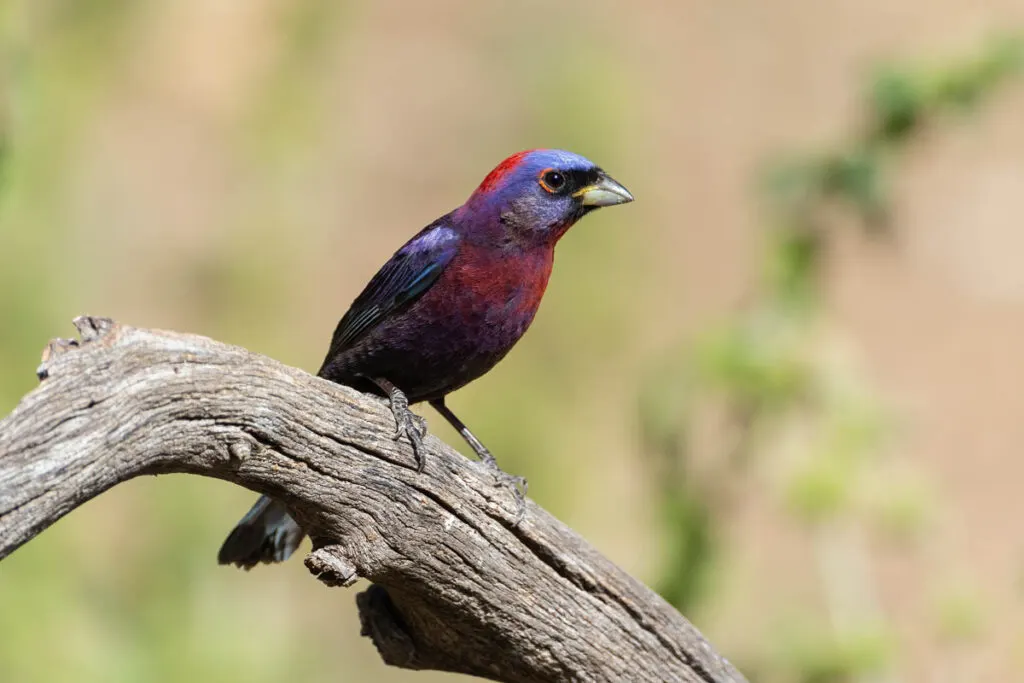
These small songbirds are known for their extroverted personalities. Thanks to this, they can be found in abundance in nature.
The gorgeous varied bunting has a wingspan of around 8 inches and can often be seen flying almost 4,000 feet above sea level.
Virginia Rail
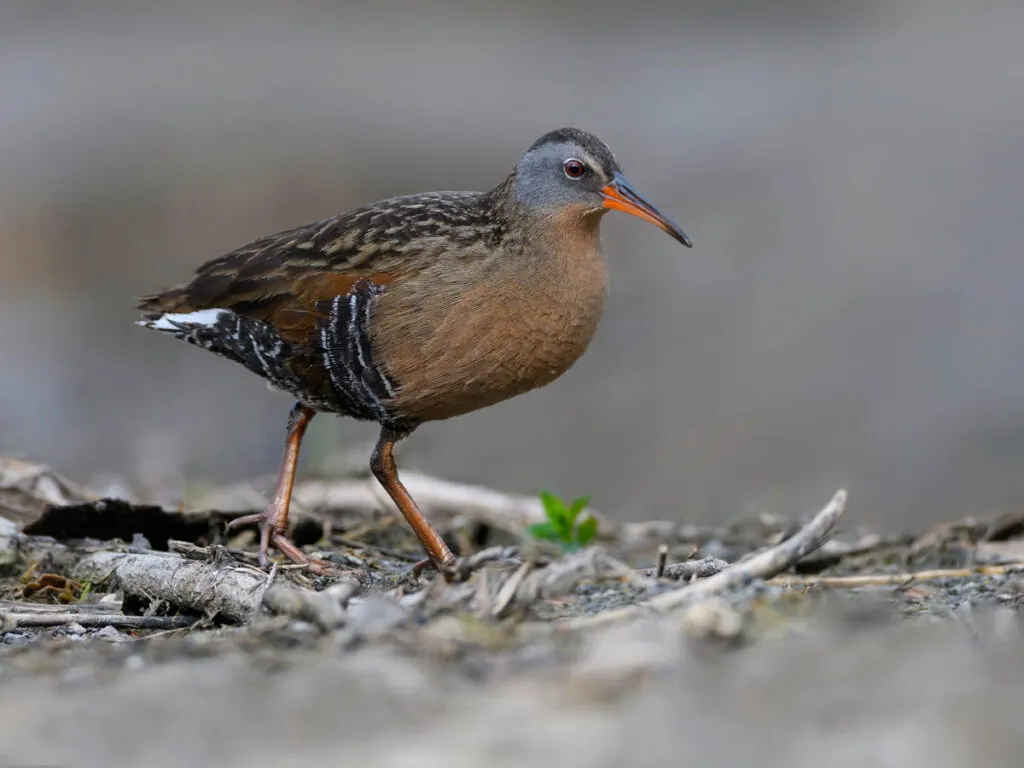
Virginia rails are loners, and you’d spot them in pairs only outside their breeding season.
They prefer walking, running, swimming, and hopping over flying and can be spotted flying only for short distances or when they are migrating.
They have a wide variety of calls that they use to communicate.
Vampire Ground Finch
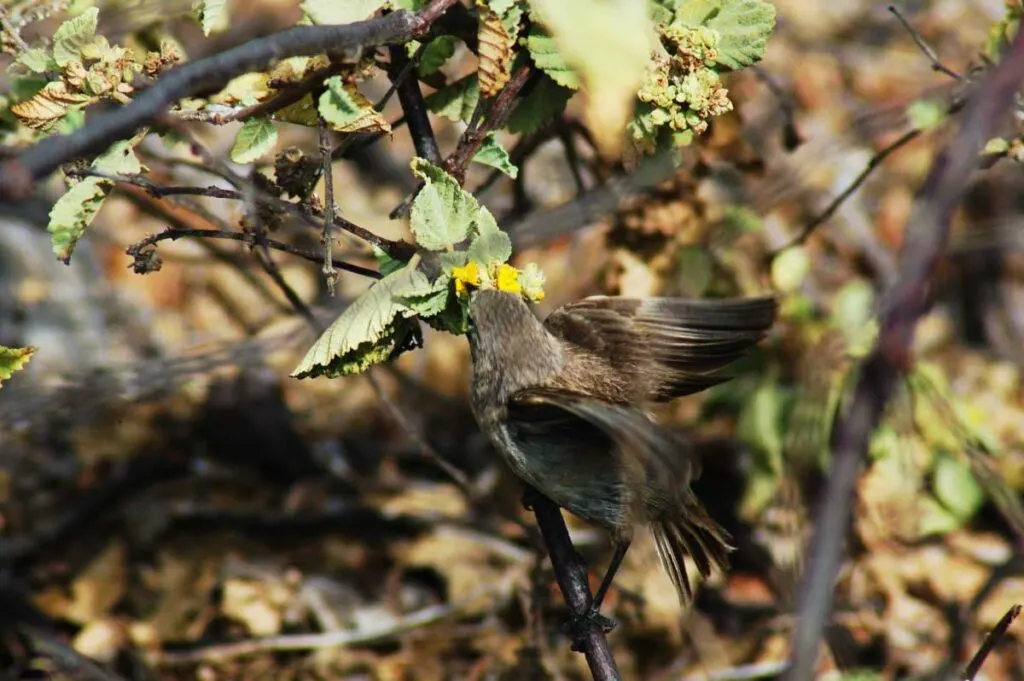
Vampire finches feed on their prey’s blood, which explains the ‘vampire’ in their name.
They also roll down eggs from the nests of other birds and feed on their yolks. The vampire finches belong to the Galapagos Islands, which are secluded and remote.
Finding food in harsher climates is a tough job for these birds, and hence, they have evolved to drink the blood of other birds on the island.
Variegated Squirrel
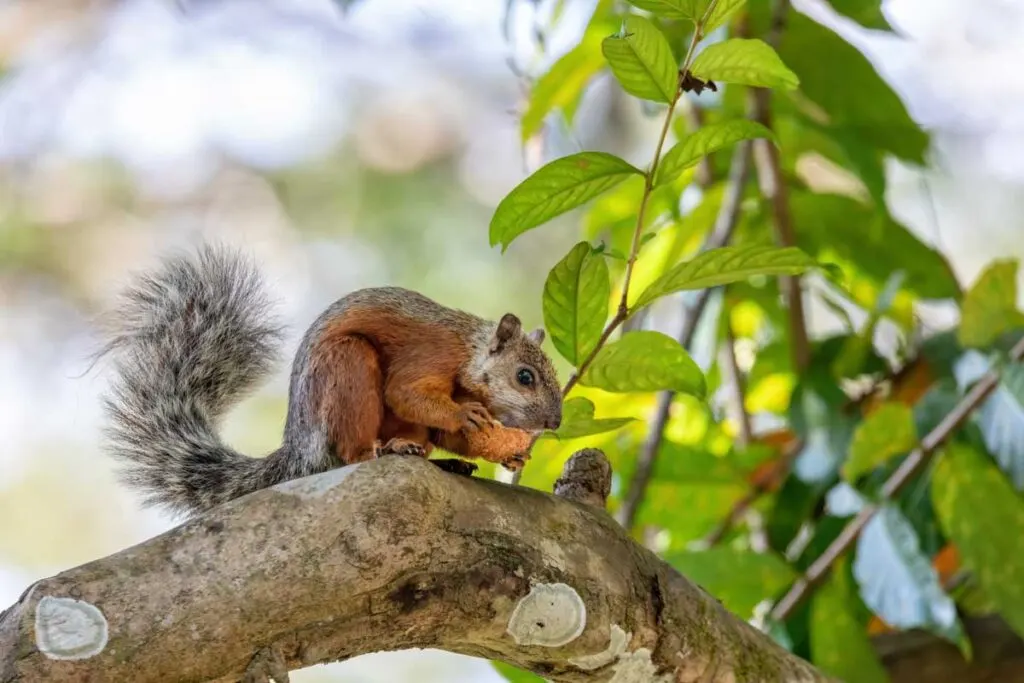
Native to Central America, these squirrels are often spotted in dry deciduous and evergreen forests.
These solitary animals are diurnal and love spending time in their nests. The agile squirrels don’t hibernate and are found in trees always.
Even though they are herbivorous, the variegated squirrels are sometimes spotted consuming nestlings and insects.
Violet-Green Swallow
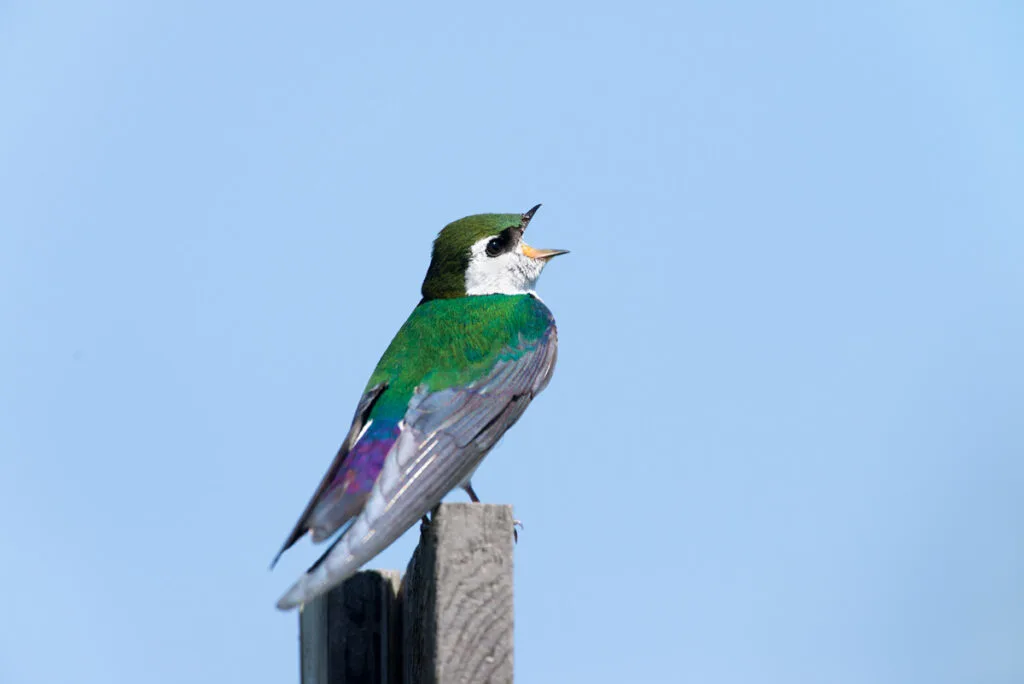
Violet-green swallows have marvelous coats with metallic feathers. These colors shine through when the swallows are exposed to sunlight.
They like to nest in small groups and will build nests almost 30 feet apart.
Their flight speed is 28 miles per hour, and they are often spotted performing acrobatic stunts over lakes in search of insects.
Animal Alphabet List
Animals With V
We hope you appreciated this fun list of animals starting with V! Feel free to share it with your friends on social media.
Did we miss any animals beginning with V? Let us know in the comments below!
